Andu Masebo’s stripped-back designs are informed by materials and manufacturing
Wallpaper* Future Icons: designer-to-watch Andu Masebo talks about being inspired by London and the practicalities of making
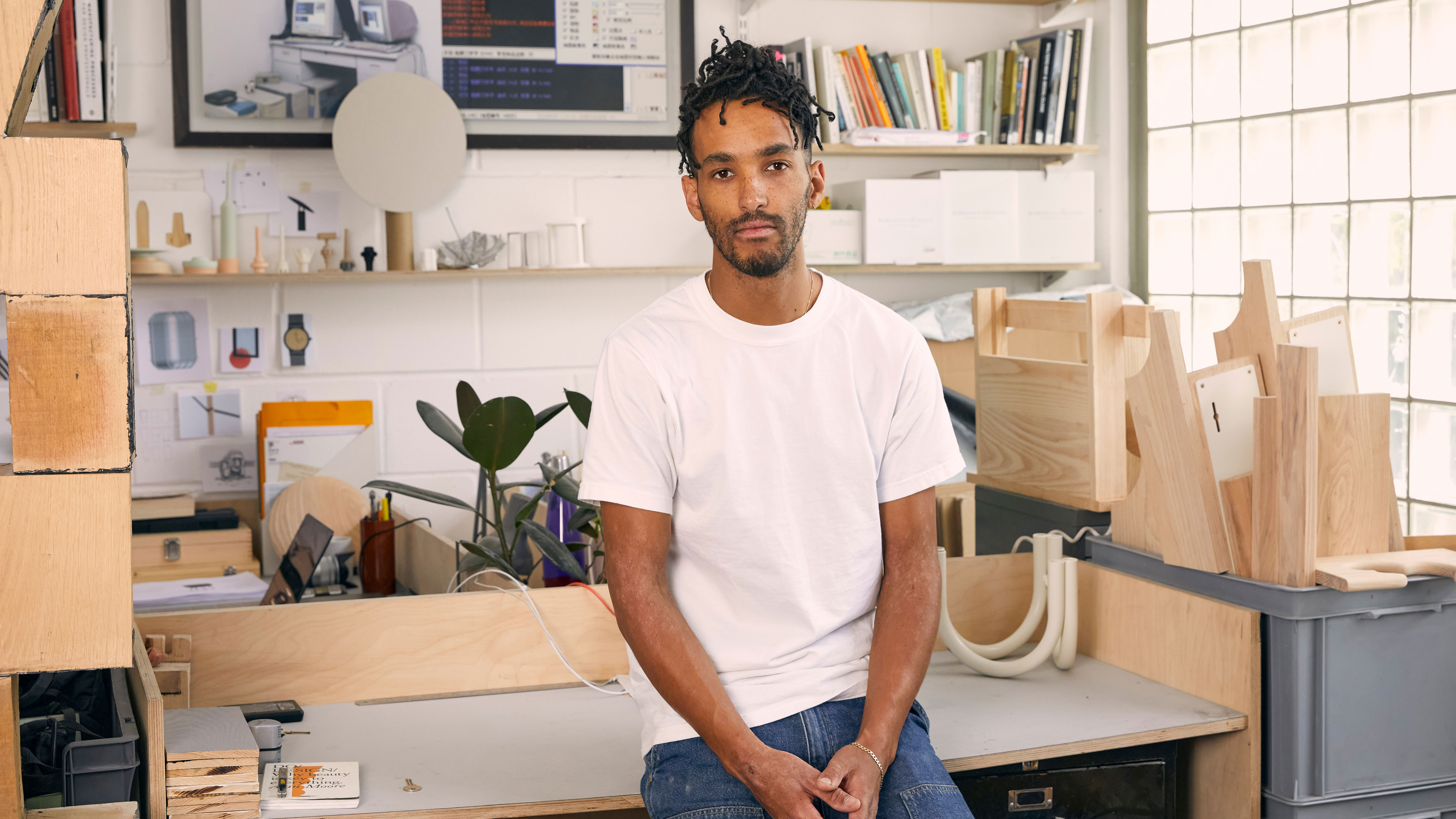
Much of product designer Andu Masebo’s work is a test of limits and an ode to function. With a background in carpentry, ceramics and metalwork, Masebo’s work is informed by a fundamentalist interest in the way objects come to be. ‘I’m interested in making simple things that can be easily accessed. But I also want to reveal the message of something deeper below the surface,’ Masebo explains.
Andu Masebo: London as design inspiration

‘Tubular’ chair, £700, by Andu Masebo, from Atelier 100
Having lived most of his life in London, Masebo’s native city is a distinct and evident influence. ‘It’s the place that has had the biggest impact in shaping my design sensibility,’ he says. This shows itself to be true – from his ‘Candleholder No.12’, an object that originally was designed and manufactured along the south London route of bus number 12, to the recent ‘Tubular Chair’. The ‘Tubular Chair’ is one of 13 pieces offered by the recently launched Atelier100 initiative that seeks to encourage local design and production, with each object having been made within 100km of London.
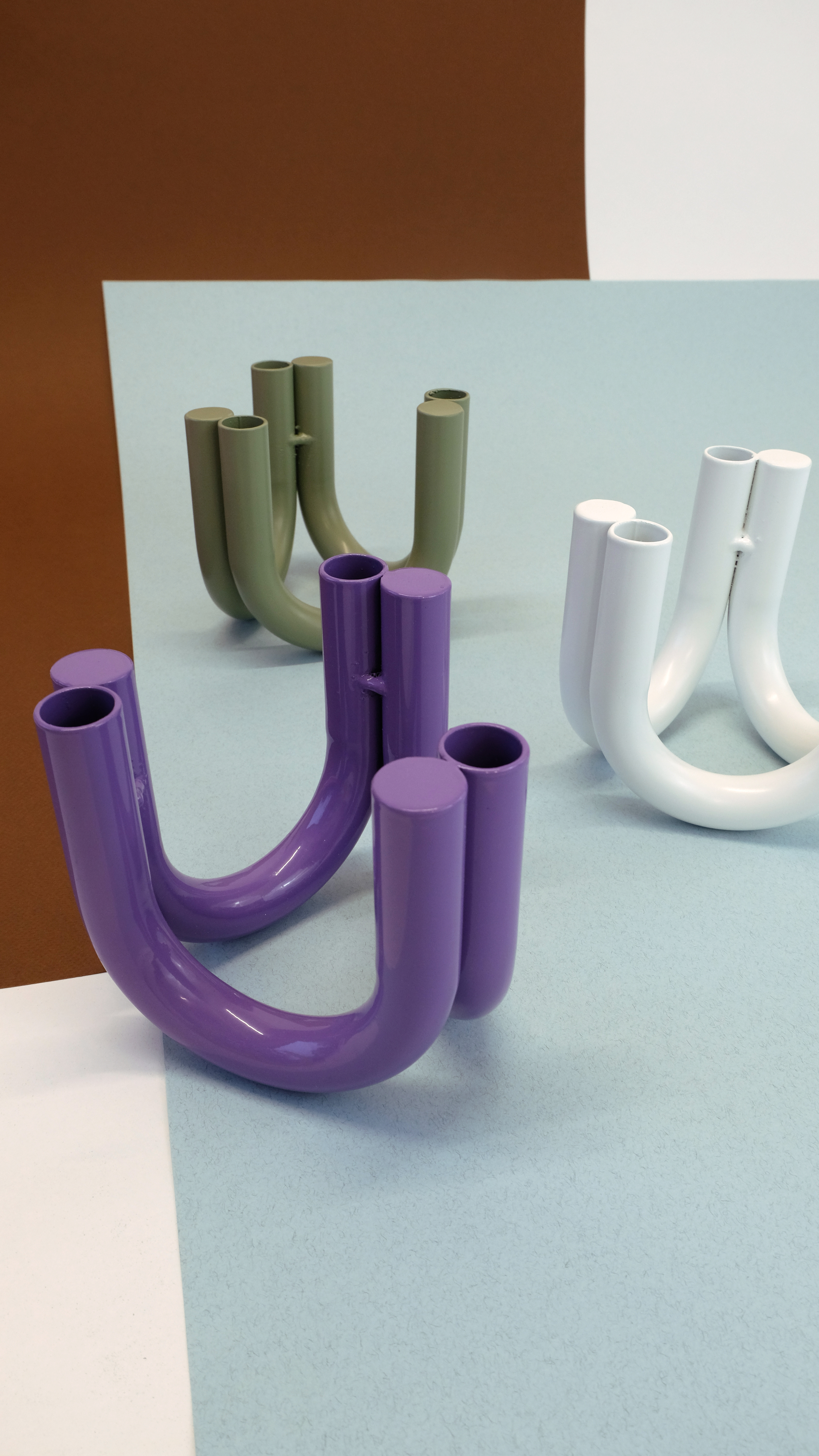
‘Candleholder No.12’, originally designed and manufactured along the route of the number 12 bus
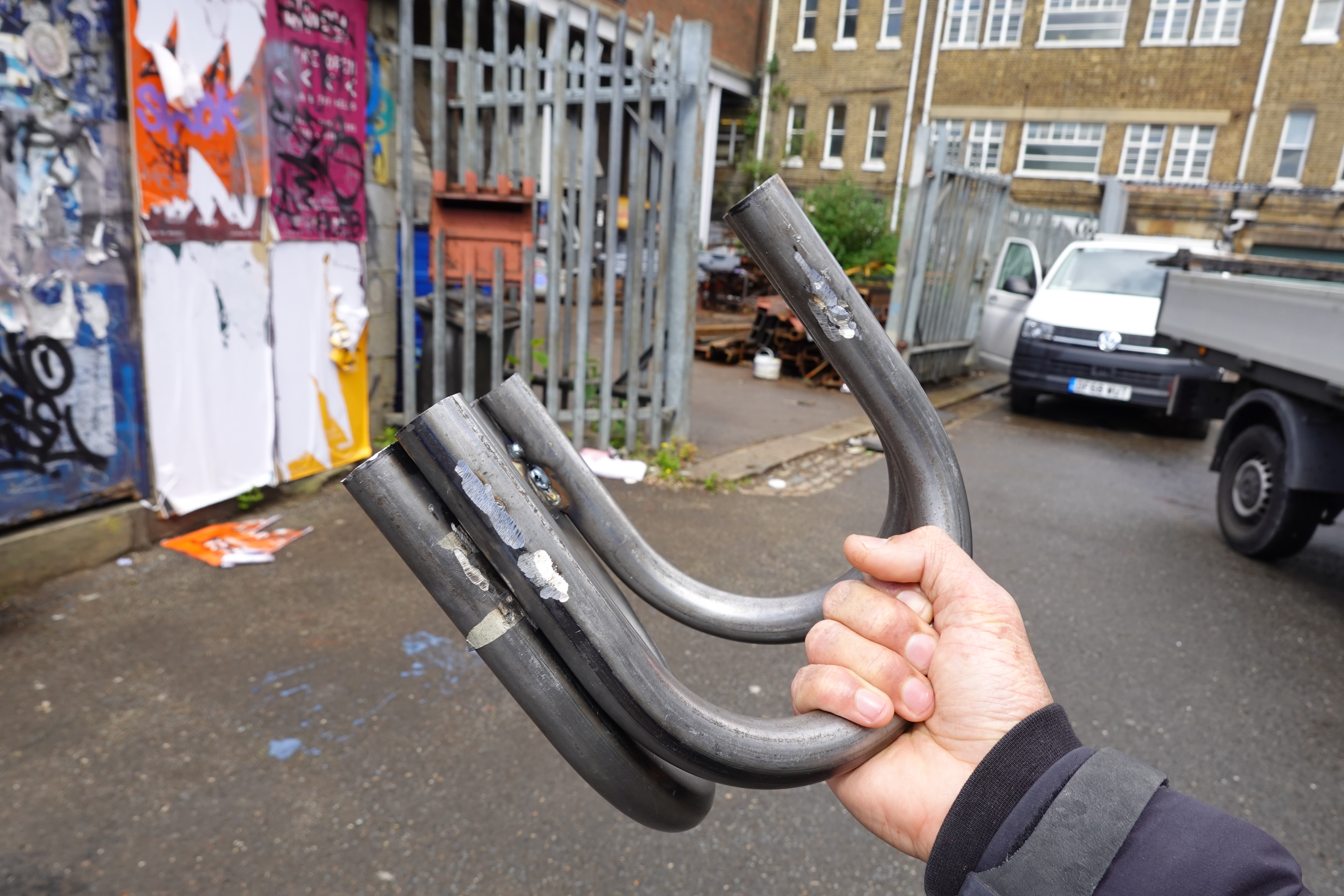
Work in progress of Candleholder No.12
Masebo studied ceramics at Central Saint Martins and product design at the Royal College of Art. In between both stints, he spent roughly ten years working as a carpenter and metalwork fabricator. These experiences have amalgamated in ‘a practice rooted in the practicalities of making things and the pragmatism required to work within fairly tight constraints’. Working along the lines and thoughts of a sort of design existentialism, Masebo seeks to shorten the cognitive distance between the maker and the users of things. His processes often centre on something essential and irreducible in the way that he works with materials and processes. ‘The design elements to my work are often quite stripped back and centre around a specific machining method or material quality that is relevant to the story contained within the object itself.’

‘Spare Part Side Table’
Bold and decidedly industrial, the ‘Tubular Chair’ uses recycled rubber for its seat, while the frame of the chair is made of stainless steel traditionally used for car exhausts. ‘I had wanted to find a way to work with a car exhaust fabricator long before I designed the chair’, Masebo explains, elaborating on how the chair conforms to the technical constraints of the car exhaust industry. ‘My initial approach was to find a common language and understand the constraints the manufacturers work to. With this information, I was able to come up with an idea that was technically possible to produce. But I also wanted to make something I would not have come up with if I was working on my own.’
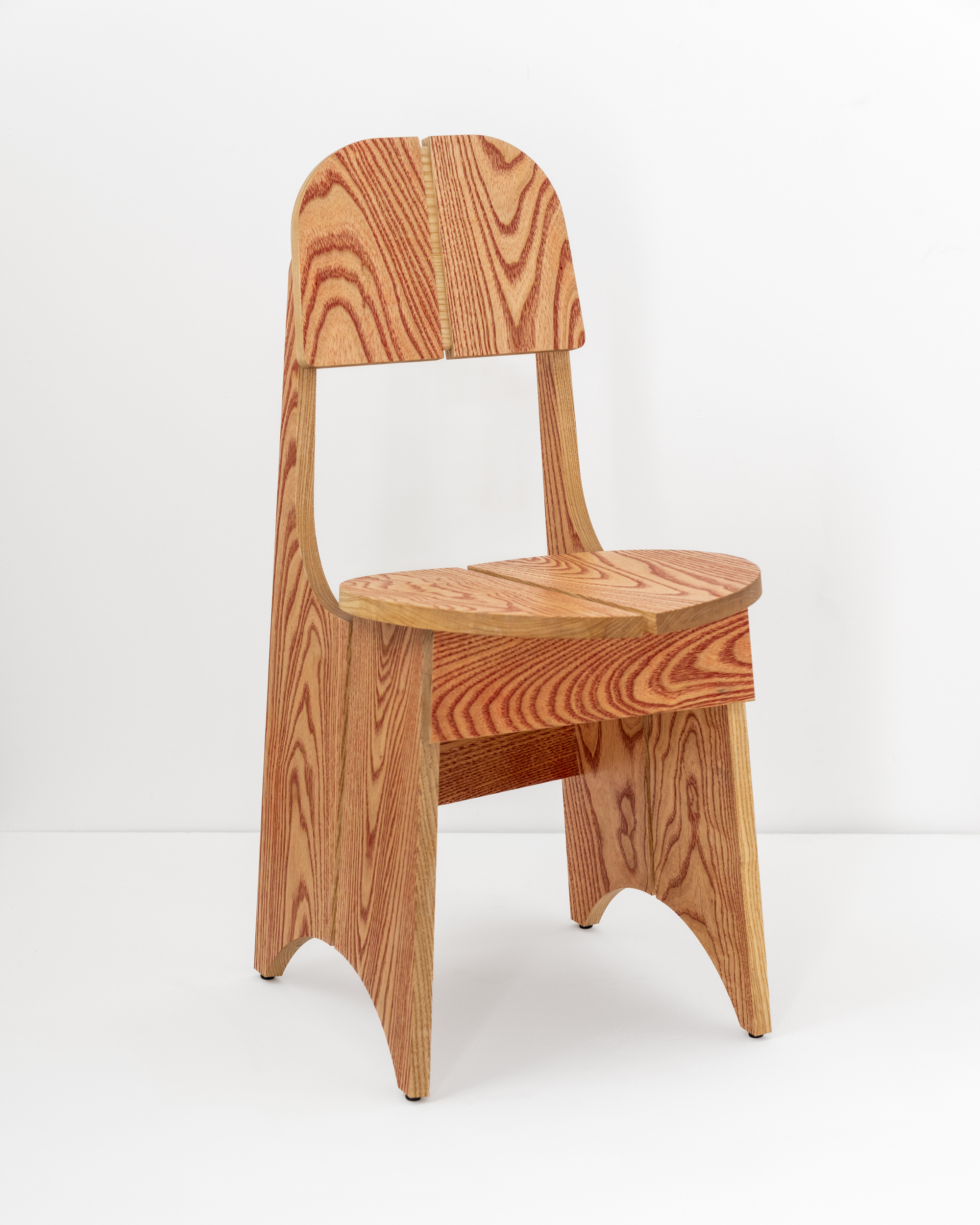
Union Chair in Red, produced in conjunction with the Fels ‘Direction of Colour’ exhibition
The philosophy behind this object displays a poignant ability to render function and design within strict limitations. This acuteness is evidently the staple of Masebo’s style, where in the past he has shown himself capable of producing a beautiful and functional chair with just a single plank of wood, and has demonstrated restraint with a shelf series where each piece is only able to fulfil a single, simple function.
A version of this story appears in January 2023 Wallpaper*, The Future Issue, available now in print, on the Wallpaper* app on Apple iOS, and to subscribers of Apple News +. Subscribe to Wallpaper* today
Receive our daily digest of inspiration, escapism and design stories from around the world direct to your inbox.

Cup of Tea Shelf
-
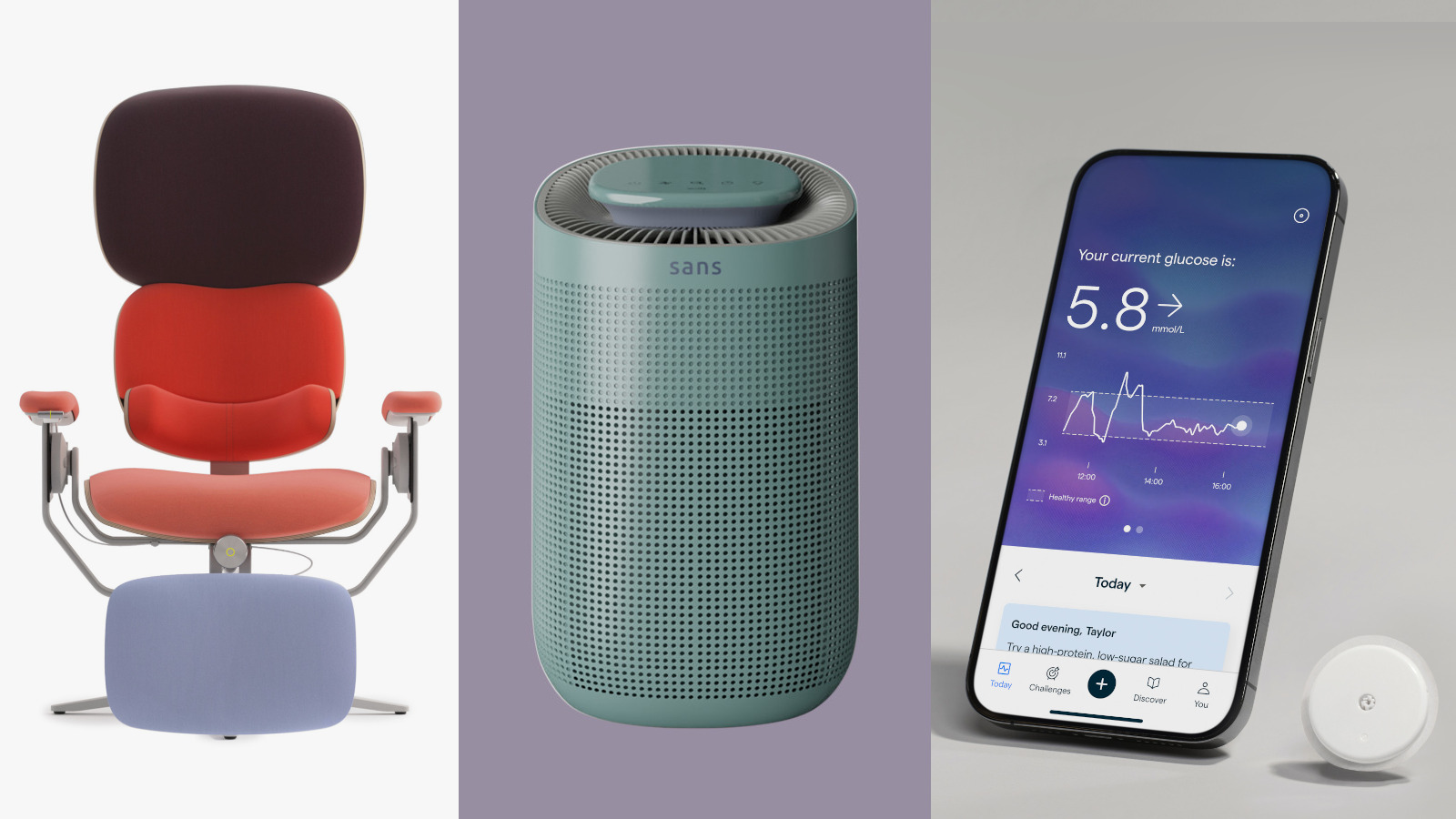 New tech dedicated to home health, personal wellness and mapping your metrics
New tech dedicated to home health, personal wellness and mapping your metricsWe round up the latest offerings in the smart health scene, from trackers for every conceivable metric from sugar to sleep, through to therapeutic furniture and ultra intelligent toothbrushes
-
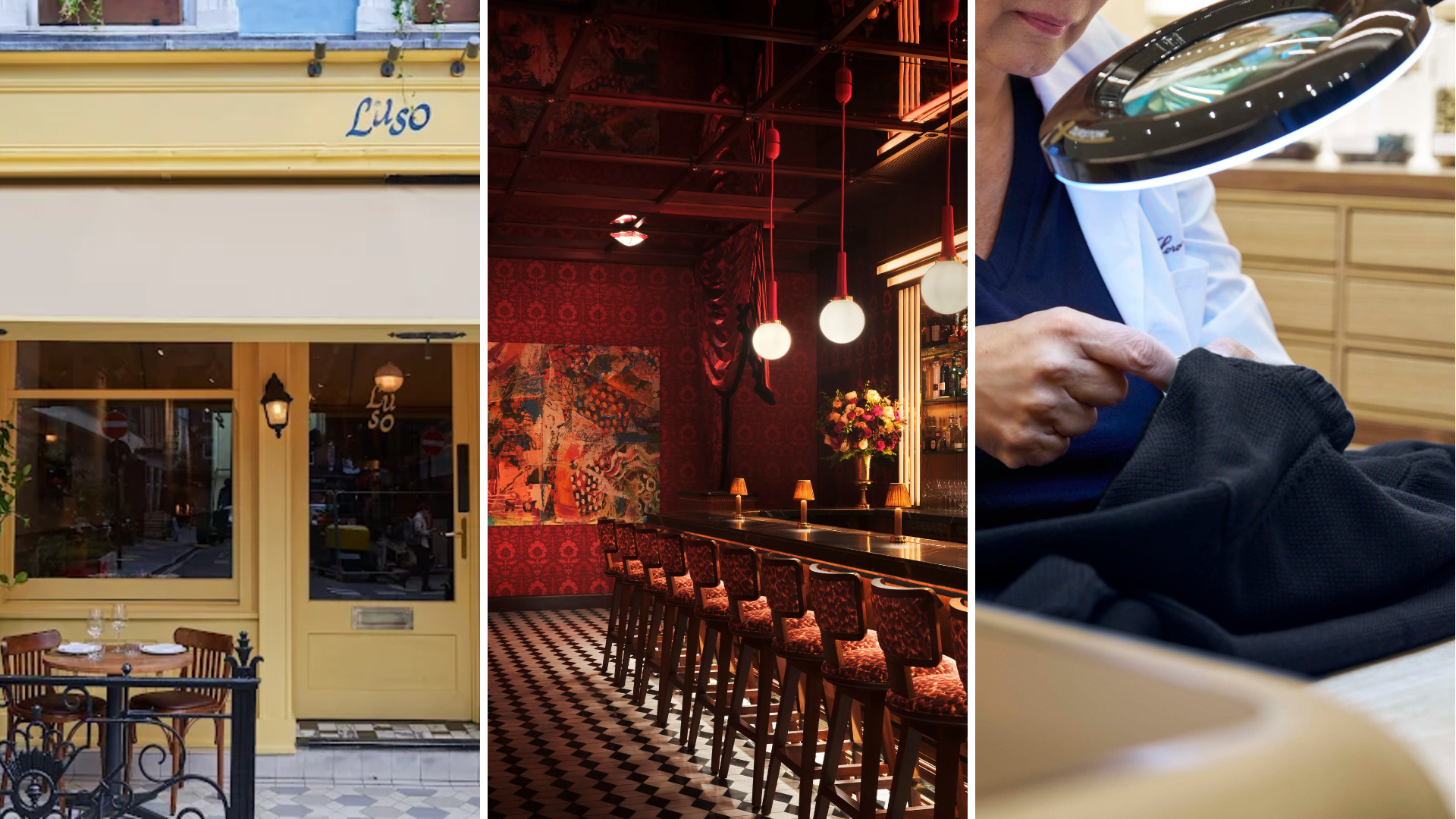 Out of office: The Wallpaper* editors’ picks of the week
Out of office: The Wallpaper* editors’ picks of the week'Tis the season for eating and drinking, and the Wallpaper* team embraced it wholeheartedly this week. Elsewhere: the best spot in Milan for clothing repairs and outdoor swimming in December
-
 How Stephen Burks Man Made is bringing the story of a centuries-old African textile to an entirely new audience
How Stephen Burks Man Made is bringing the story of a centuries-old African textile to an entirely new audienceAfter researching the time-honoured craft of Kuba cloth, designers Stephen Burks and Malika Leiper have teamed up with Italian company Alpi on a dynamic new product
-
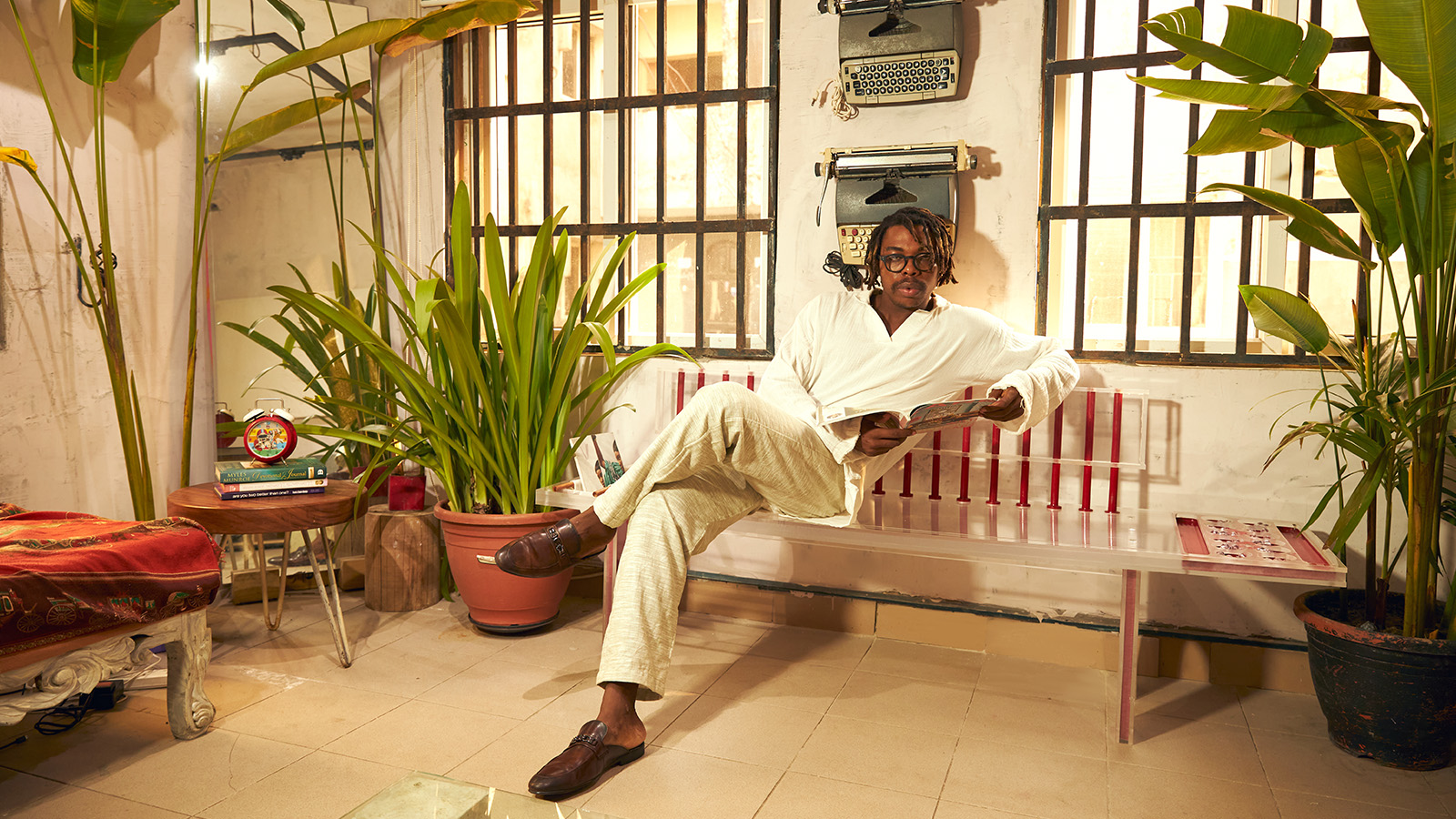 Josh Egesi on his designs and evolving culture: 'Design is a form of cultural documentation'
Josh Egesi on his designs and evolving culture: 'Design is a form of cultural documentation'Nigerian designer Josh Egesi tells Wallpaper* about the creativity behind his studio, design approach, his country's cultural revolution, and venturing into surfboard design
-
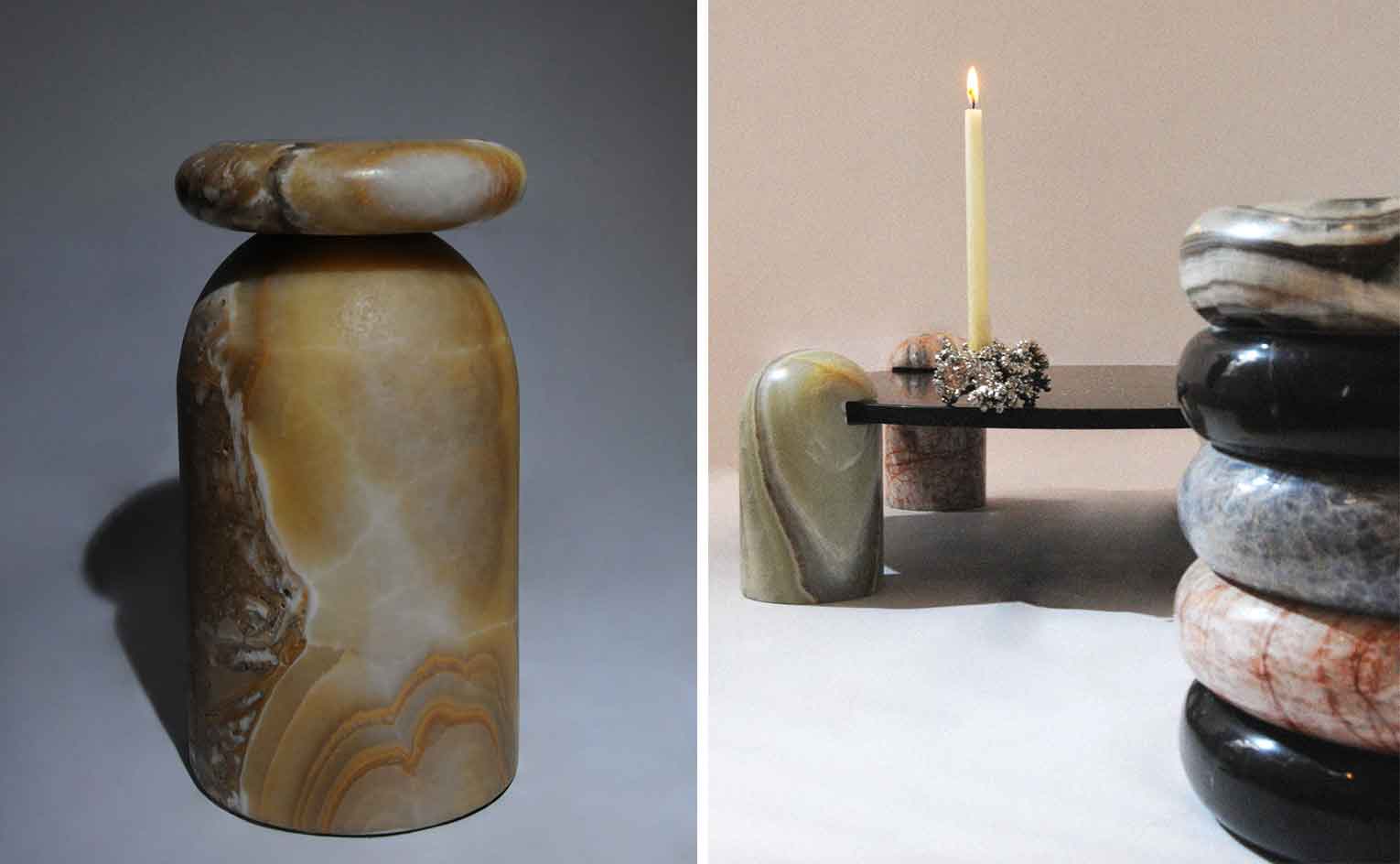 Panorammma's design work is a combination of fictional worlds
Panorammma's design work is a combination of fictional worldsWallpaper* Future Icons: Mexico City-based design studio Panorammma is the practice of 29-year old Maika Palazuelos
-
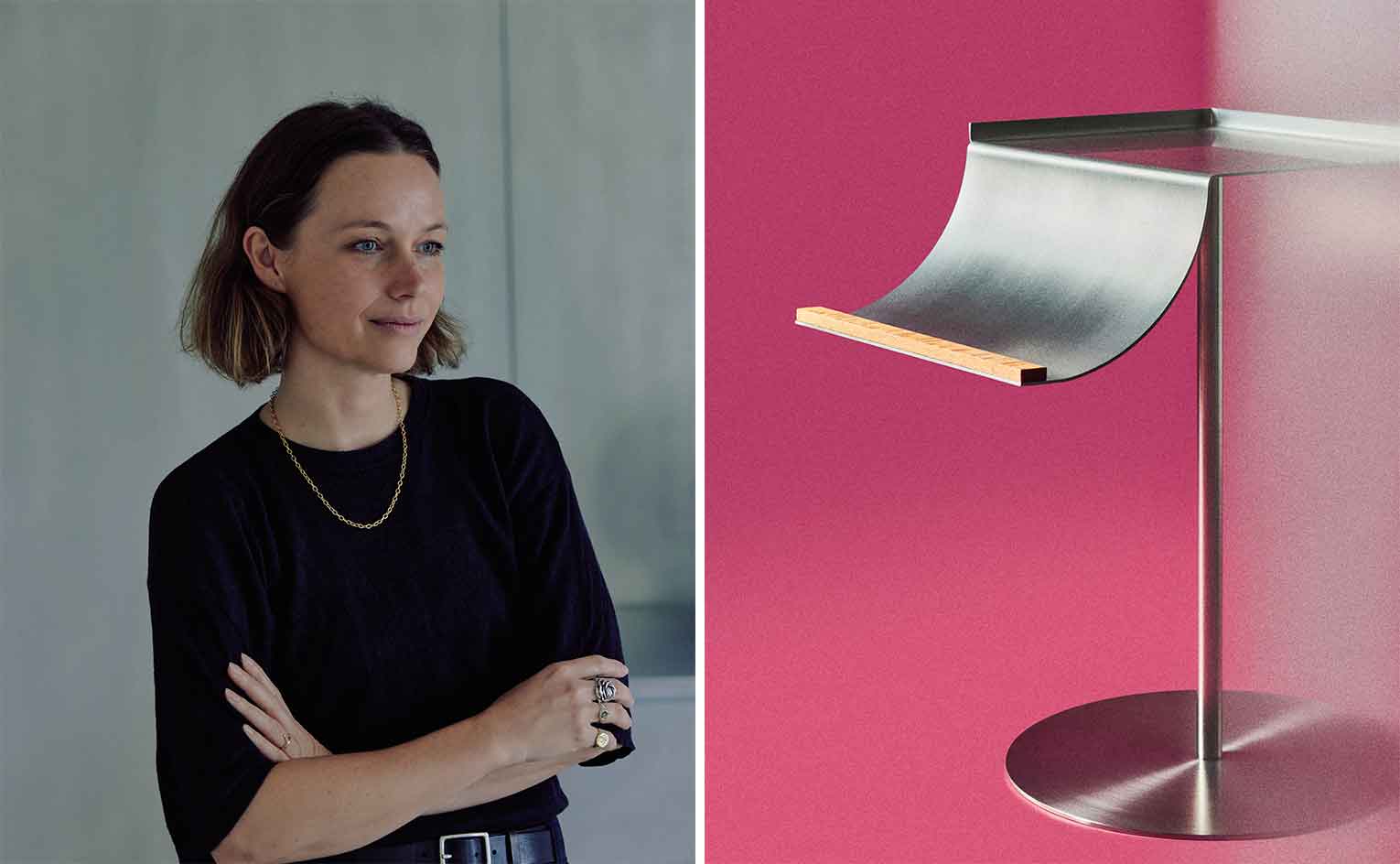 Olivia Bossy's sculptural furniture is inspired by everyday moments
Olivia Bossy's sculptural furniture is inspired by everyday momentsWallpaper* Future Icons: based in Sydney Olivia Bossy turns visuals and ideas into sculptural furniture
-
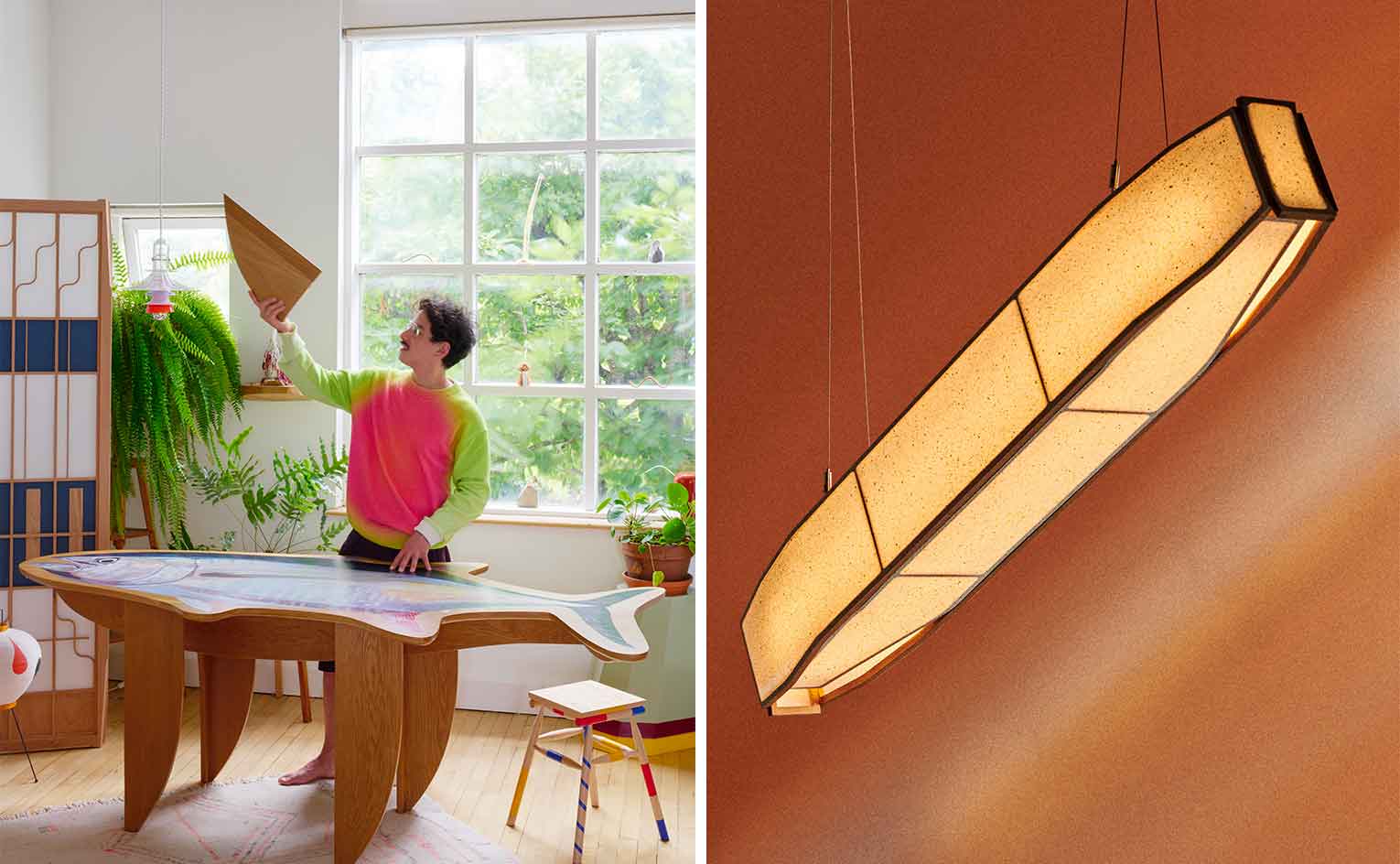 Rio Kobayashi turns traditional furniture making on its head
Rio Kobayashi turns traditional furniture making on its headWallpaper* Future Icons: how Austrian-Japanese designer Rio Kobayashi reinvents traditional furniture through diverse influences and collaborations
-
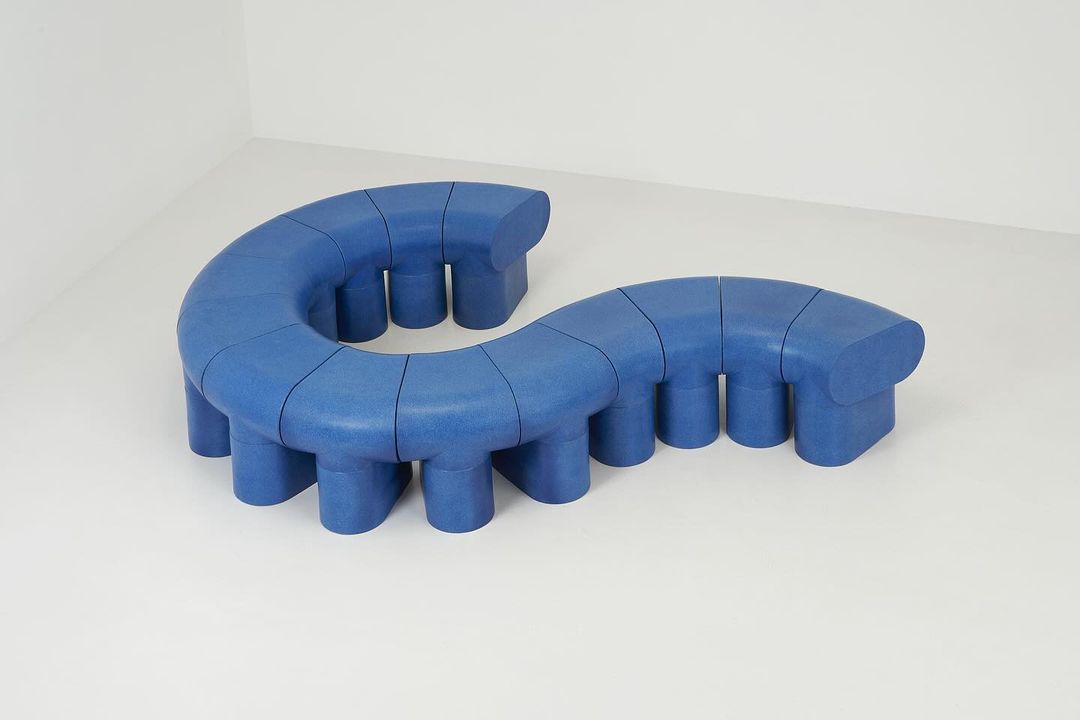 Rino Claessens’ modular furniture experiments with ceramic design
Rino Claessens’ modular furniture experiments with ceramic designWallpaper* Future Icons: Rino Claessens turns his love for ceramics into experimental large-scale modules and compositions
-
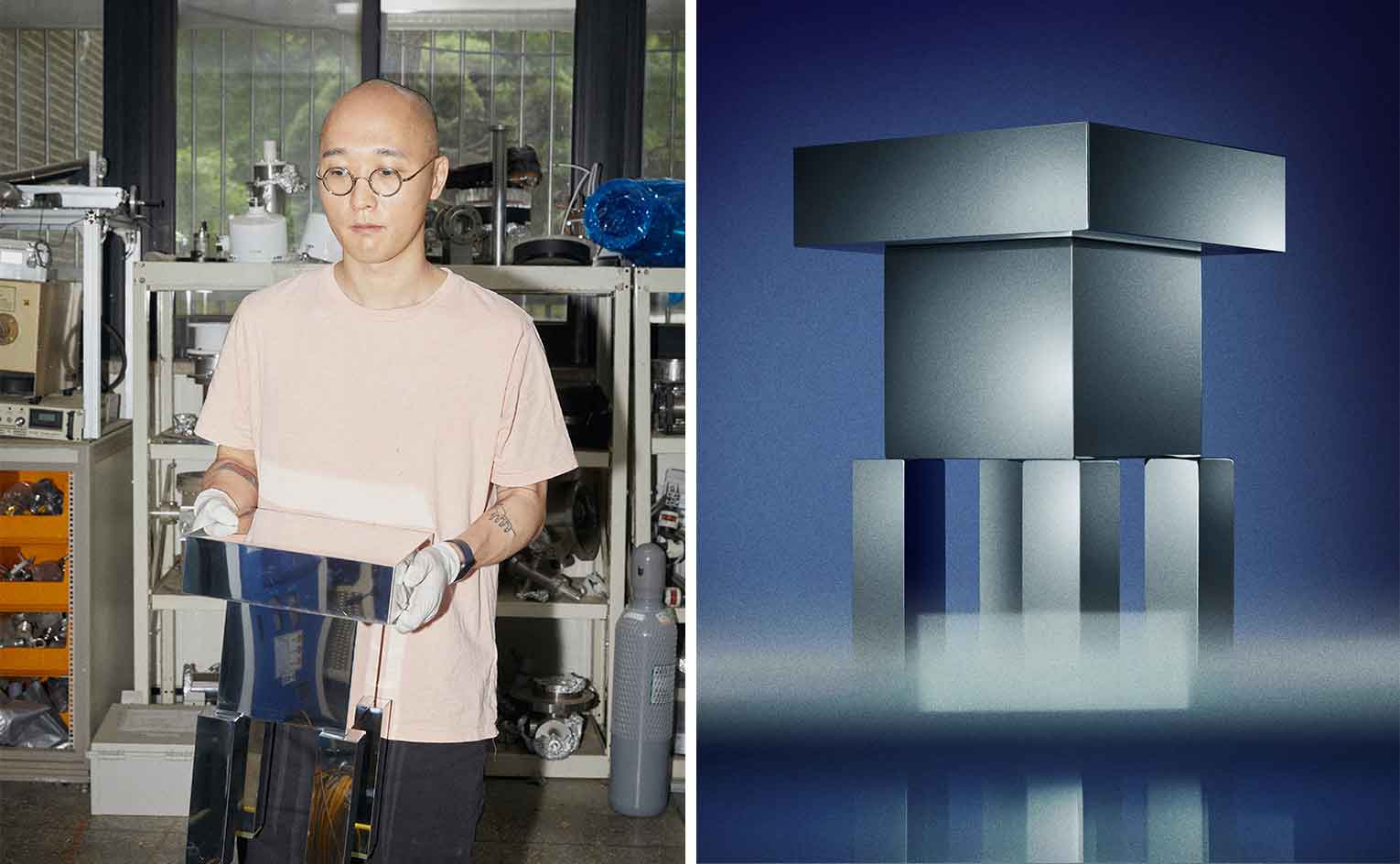 Inside Seongil Choi's experiments with materials and form
Inside Seongil Choi's experiments with materials and formWallpaper* Future Icons: Seoul-based Seongil Choi works across a variety of materials, with experimental approaches at the heart of his work
-
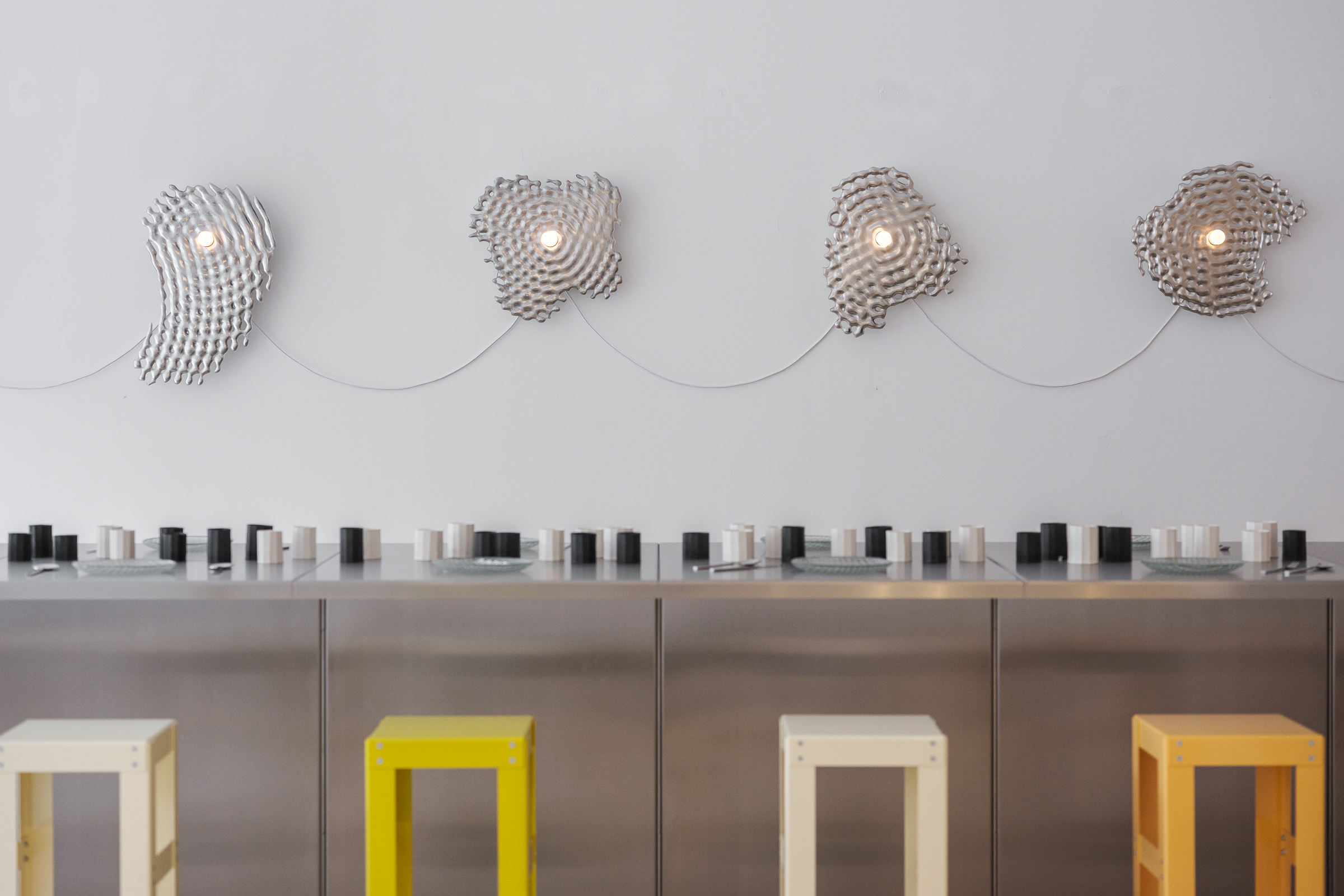 Parti Studio swing between architecture and design through research and experimentation
Parti Studio swing between architecture and design through research and experimentationWallpaper* Future Icons: London-based architecture practice Parti made its lighting design debut this year
-
 Giles Nartey translates African rituals into bold design objects
Giles Nartey translates African rituals into bold design objectsFuture Icons: Giles Nartey's boundary-pushing work combines teaching, research and design